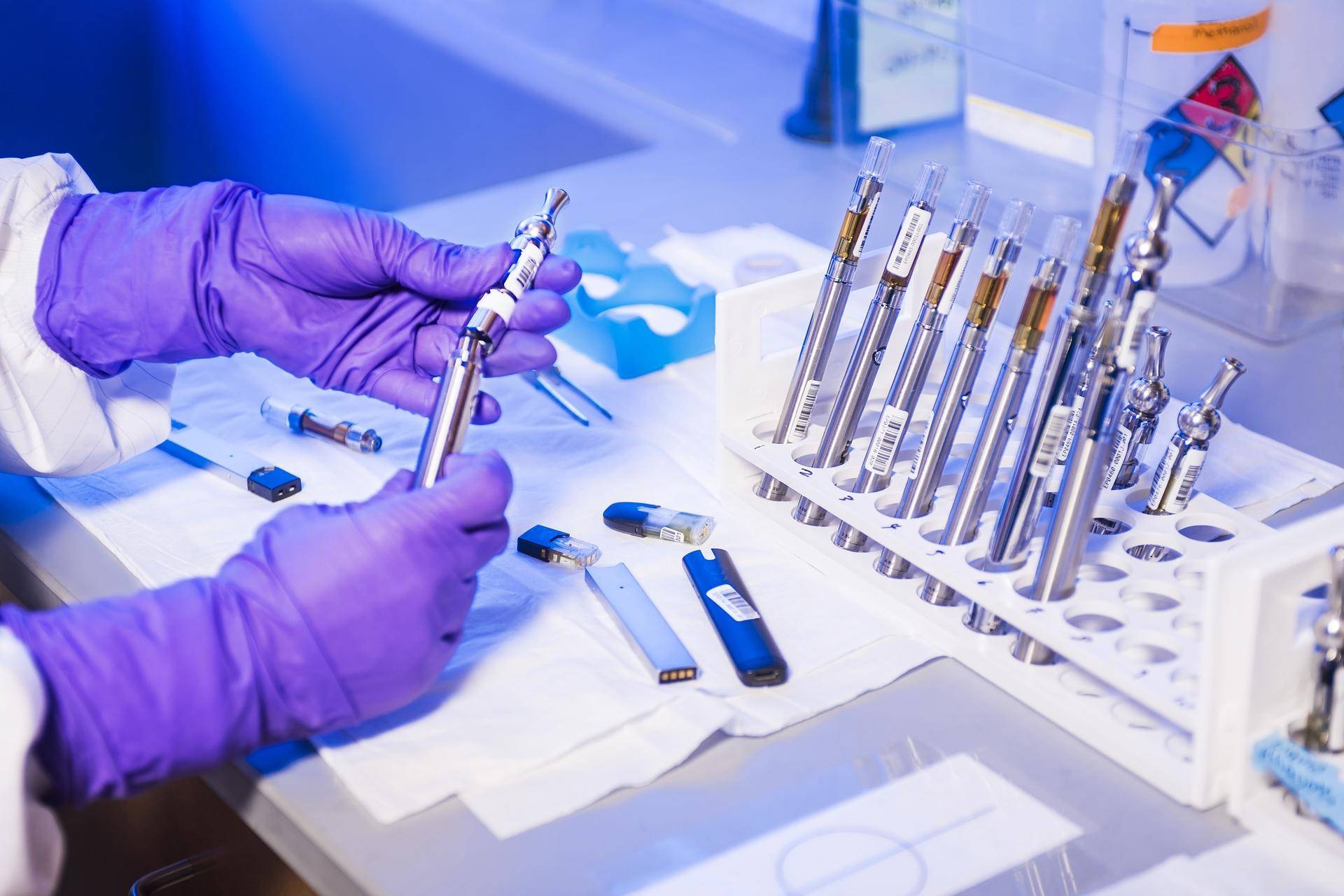For many people, vaporizers offer a healthier alternative to traditional smoking. Whether they are used for cannabis or tobacco, research suggests that vaporizers do significantly reduce the amount of harmful carcinogens consumers inhale by removing the element of combustion.
However, with the surge of media attention around illnesses like EVALI and popcorn lung, vaping has garnered a certain amount of skepticism regarding its general safety. While these cases have substantially declined in the last year, it’s critical that leaders in the cannabis and vape industries continue to do everything we can to develop the safest products possible. To do this, it is essential to commit to rigorous lab testing products and only source safe, high-quality cartridge components.
Is Vaping Safe?
Vaping is a significantly healthier alternative to traditional smoking. When plant material undergoes combustion, it releases smoke—a smorgasbord of different compounds and biological pollutants. Inhaling that smoke can cause mild irritation as well as reduce overall lung tissue health and increase the risk of cancer.
Though some people may refer to the billowy plumes of vapor produced by vaporizers as “vape smoke” or “vapor smoke,” vapes actually circumvent the combustion process entirely. Vaporizers heat material at a lower temperature than the open flame of a lighter, producing a much cleaner vapor wholly comprised of only water molecules and the original material. While the health benefits of inhaling vapor as opposed to smoke are most drastic when comparing electronic-cigarettes to traditional tobacco, the same principles apply to cannabis. However, this isn’t to say that vaping is 100% safe.
Is Vaping Bad For Your Lungs?
Despite being a healthier alternative, vaping comes with its own unique set of health risks. Most notably, in 2019, a series of high-profile vape-related respiratory hospitalizations led to the discovery of e-cigarette or vaping use-associated lung injury (EVALI). EVALI Symptoms include coughing fits, shortness of breath, and chest pain, usually beginning gradually and becoming more severe over time. Ultimately, the influx of EVALI cases ended up linked to the presence of vitamin e acetate—an additive used to increase the viscosity of cannabis oil and e-juice. Since identifying the culprit ingredient, cases of EVALI have dropped dramatically, presumably because both legal and black-market manufacturers have stopped using vitamin e acetate in their products.
While EVALI may be the most publicly well-known health risk associated with vaping, it’s not the only one. Diacetyl, an ingredient previously used to flavor microwave popcorn, has also been used as a flavoring agent in the vape industry. Exposure to diacetyl can cause permanent damage and scarred lungs in the form of a condition known as bronchiolitis obliterans or popcorn lung. Fortunately, it’s extremely rare for vaping to lead to a case of popcorn lung, and many regulatory government agencies have already banned the use of diacetyl in e-juice.
One of the biggest potential risks of vaping may actually come from the device’s hardware and not the liquid it contains. Disposable metal cartridges and sub-standard vape components can leach toxic heavy metals like lead into the cannabis oil or e-juice, where a consumer will eventually inhale it.
The Importance Of Stringent Lab Testing
With third-party lab testing, manufacturers can identify dangerous levels of heavy metals before it ever has a chance to harm a consumer. Most vape industries are unregulated, and outside of states like California, manufacturers may not be required by law to perform any testing. Even without any legal obligations, there are several reasons why it’s prudent to incorporate lab testing into your standard operating procedures.
The main reason being customer safety and the potential vaping dangers such as the possibility of heavy metal leaching is a genuine health concern for consumers of vape products. Plus, most labs will also screen for other potential contaminants like mycotoxins, pesticides, or residual solvents, as well as accurately determine potency. Not only will this help protect existing customers, but it will also help entice new clientele. For many consumers, whether or not a product has undergone lab testing will be the ultimate determining factor in which vape cartridge they choose to purchase.
For the last two years, extensive media coverage of the dangers of vaping has given many vape users pause. One of the best ways to demonstrate the industry’s commitment to health and safety is by implementing lab testing on a wider scale.
How To Avoid Heavy Metal Leaching
Lab testing is the final line of defense against heavy metal leaching, but manufacturers can eliminate the risks of heavy metal contamination entirely by avoiding metal cartridges altogether.
Choosing full ceramic cartridges over plastic and metal not only creates a safer product but a more desirable one as well. In addition to completely removing the danger of heavy metal leaching, ceramic cartridges produce larger, pristine flavorful hits than their metal counterparts. Ceramic heating elements are naturally porous, creating more surface area for the liquid to pass over. This directly translates to larger vape clouds and better taste. Plus, since ceramic cartridges don’t utilize cotton wicks, there’s no chance for users to experience a foul-tasting dry hit.
In general, vaping is considered a healthier alternative to smoking. However, there are potential vaping health risks that we as an industry can’t ignore. By committing to meticulous testing practices and sourcing higher quality vaporization hardware, we can mitigate these risks and offer the safest products possible.
Post time: Sep-30-2022




